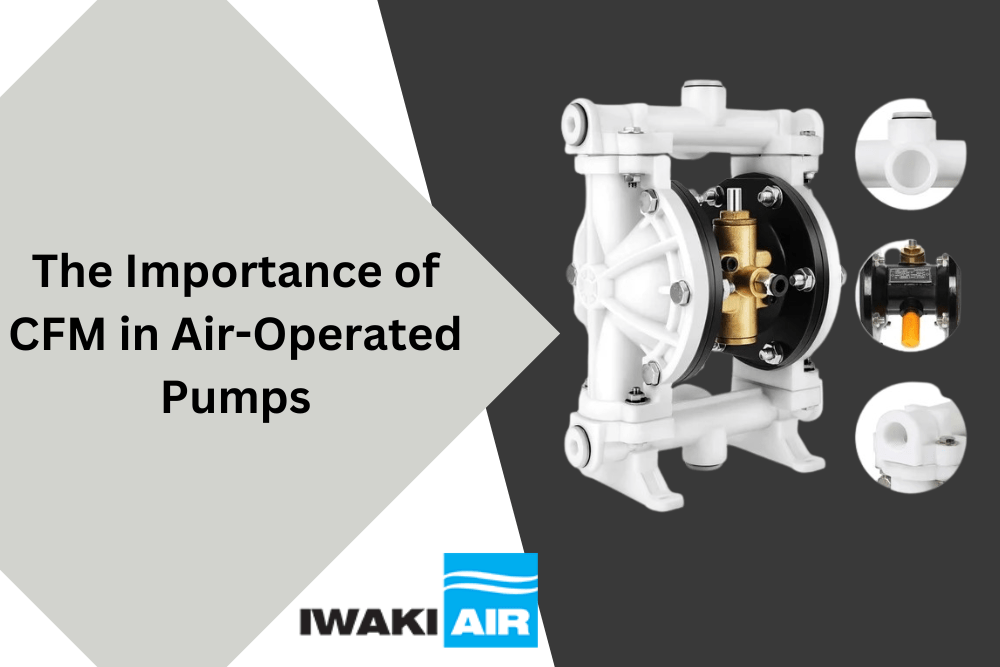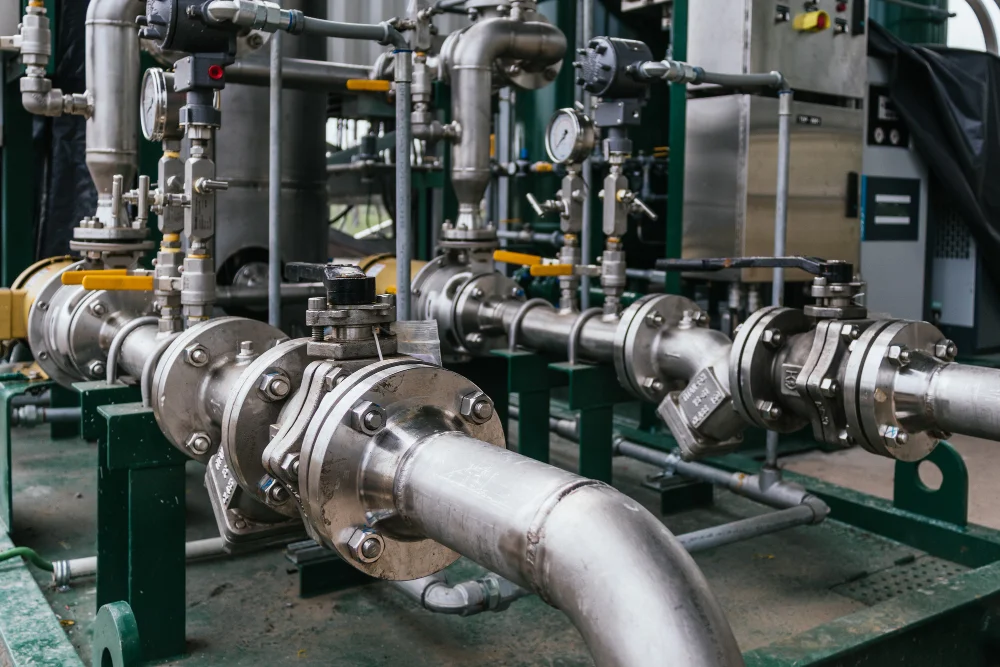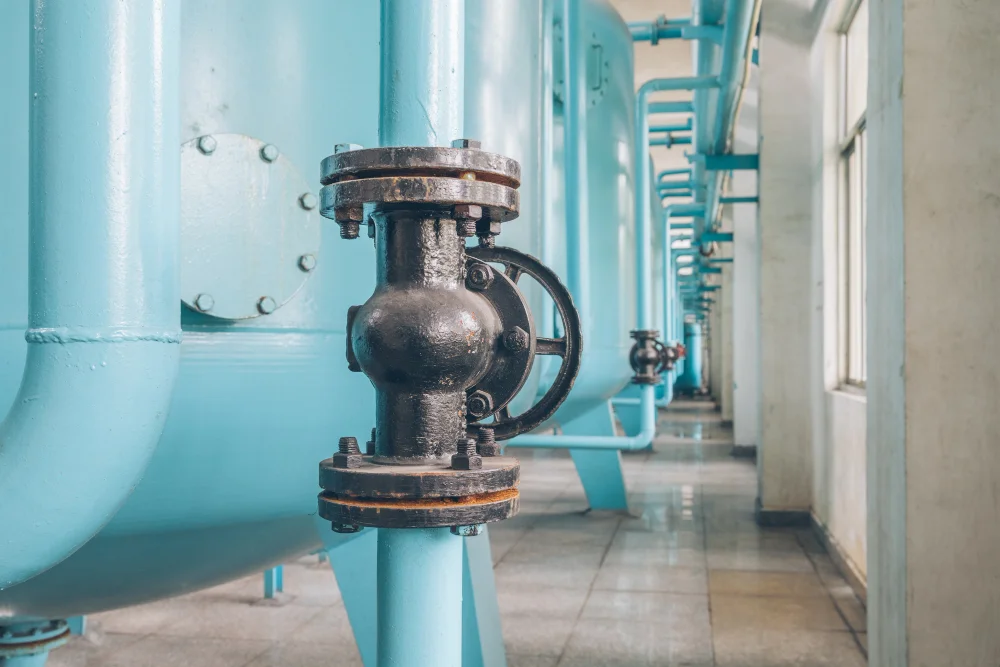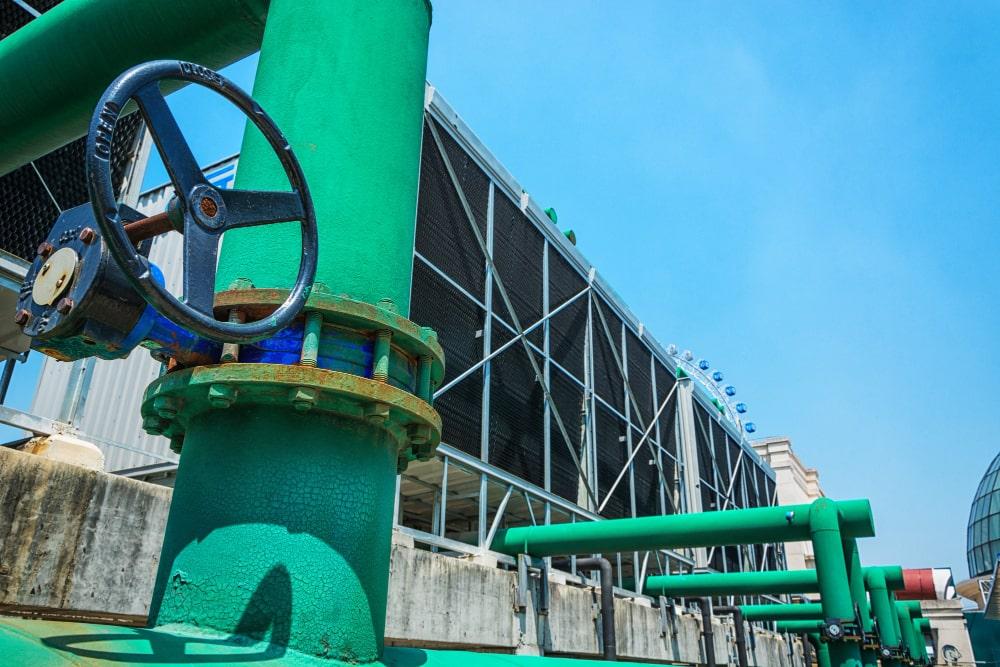The Role of CFM in Air-Operated Double Diaphragm Pumps
Air-operated double diaphragm pumps are versatile and reliable devices widely used in various industries, including chemicals, food and beverage, and wastewater treatment. AODD pumps are valued for their simplicity, ability to handle a wide range of fluids, and resistance to damage from dry running or deadheading. They are used in applications where traditional electric or centrifugal pumps might fail, such as pumping abrasive, viscous, or shear-sensitive fluids. A key element of their functioning involves the air flow usually quantified in feet, per minute (CFM). Grasping the importance of CFM in Air-operated double diaphragm pumps is vital for enhancing their effectiveness maintaining efficiency and avoiding challenges. Let’s delve into why CFM matters in air-operated pumps its impact on their operation and approaches, to overseeing air supply. The Importance of CFM in Air-Operated Pumps CFM, or cubic feet per minute, is a measure of the volume of air that flows into the pump per minute. The CFM rating is crucial because it directly affects the pump's performance, efficiency, and operational stability. Here's why CFM is important in the context of AODD pumps: Performance and Flow Rate: The CFM of the air supply determines the speed at which the diaphragms move, thus affecting the pump's flow rate. Higher CFM means more air volume is driving the diaphragms, resulting in a higher flow rate of the pumped fluid. Conversely, insufficient CFM can lead to reduced pump performance, causing lower flow rates and potentially affecting the overall process efficiency. Pump Efficiency: Optimizing the CFM ensures that the pump operates within its designed parameters, maximizing efficiency. Proper air supply reduces energy consumption and wear on the pump components. Over-pressurization or inadequate air supply can lead to energy wastage and increase the operational costs of the pump system. Preventing Operational Issues: Correct CFM settings help prevent common issues such as stalling, irregular flow, and cavitation. Stalling occurs when the pump does not receive enough air to complete its cycle, causing interruptions in the pumping [...]







Get Social